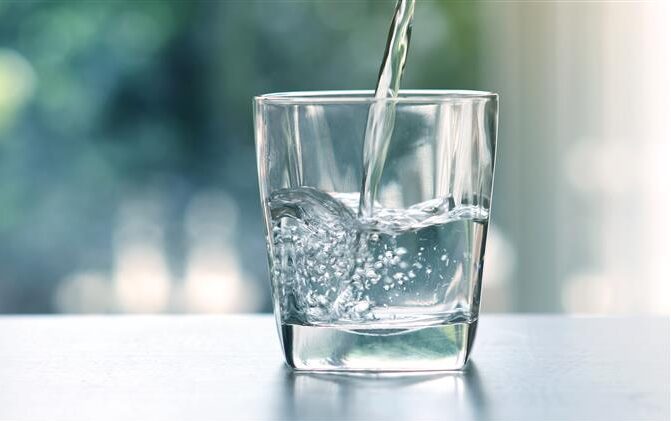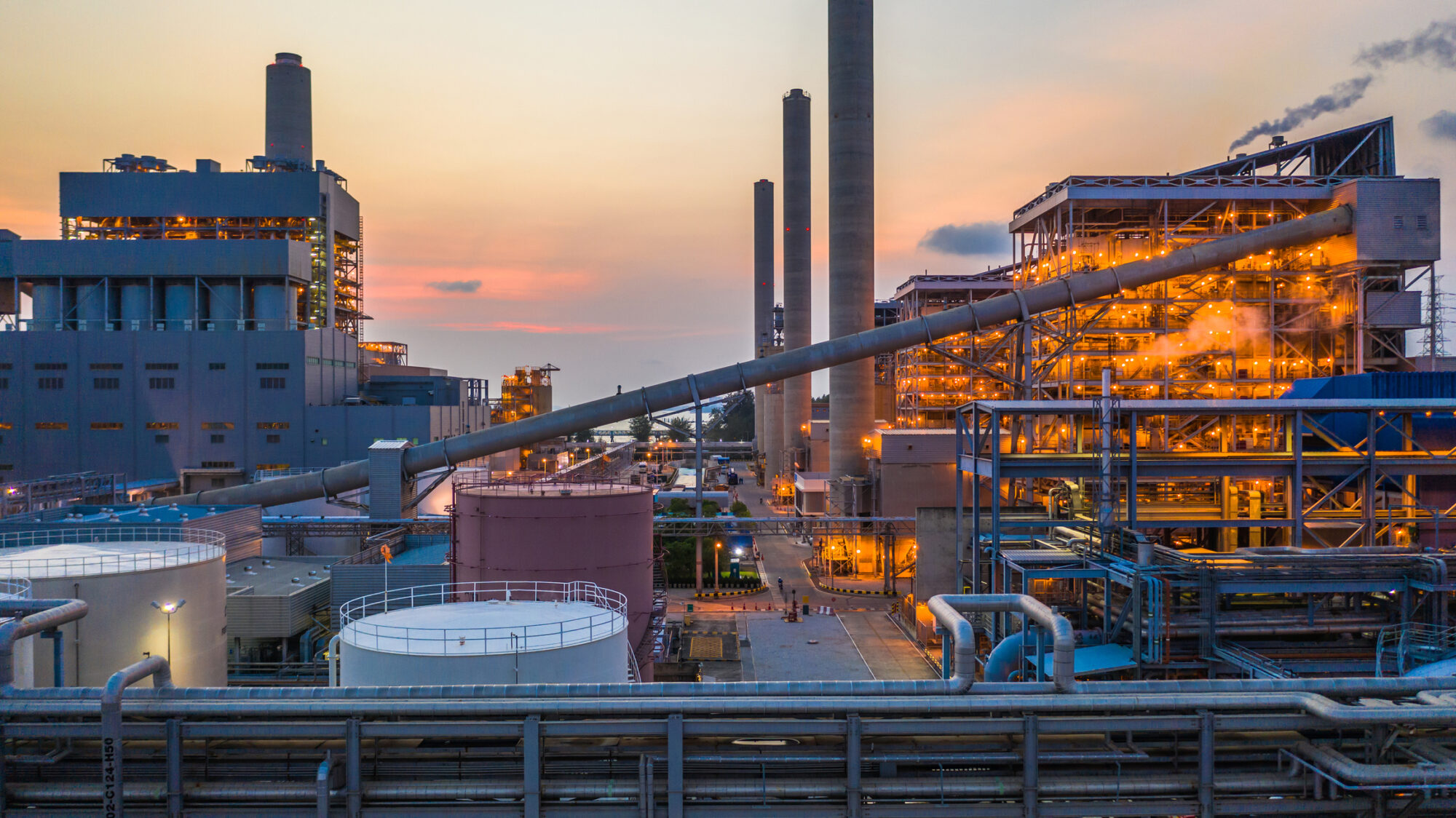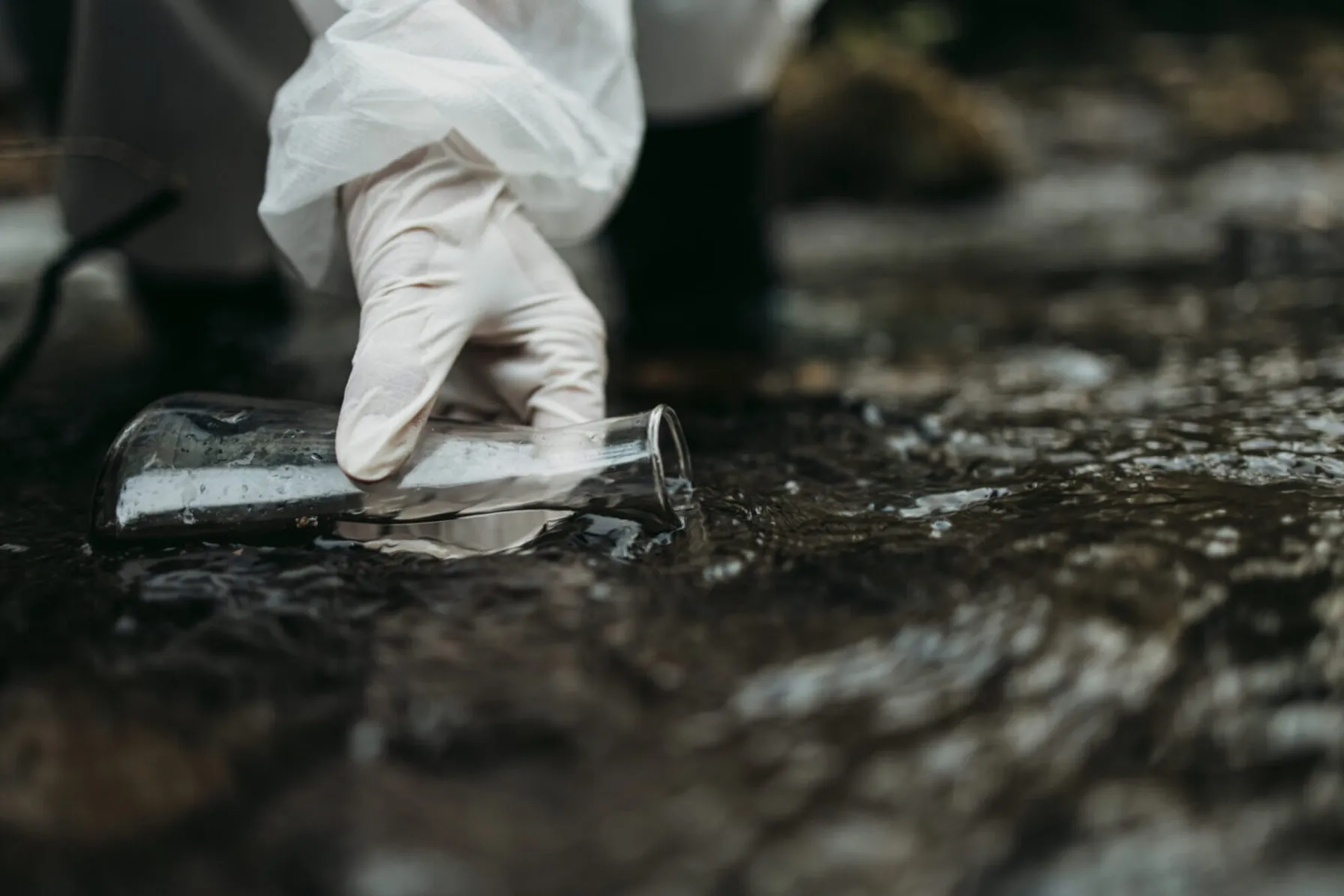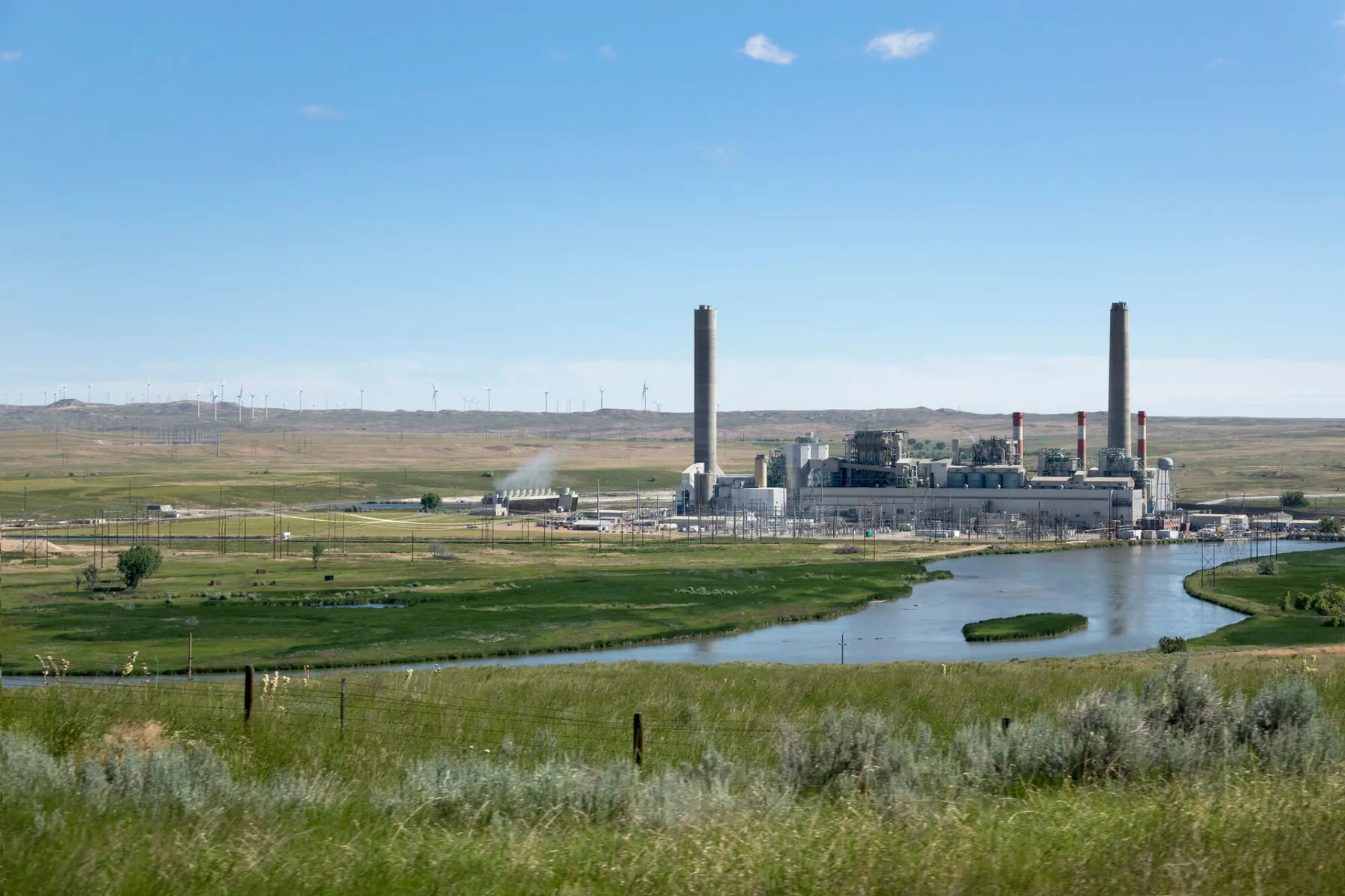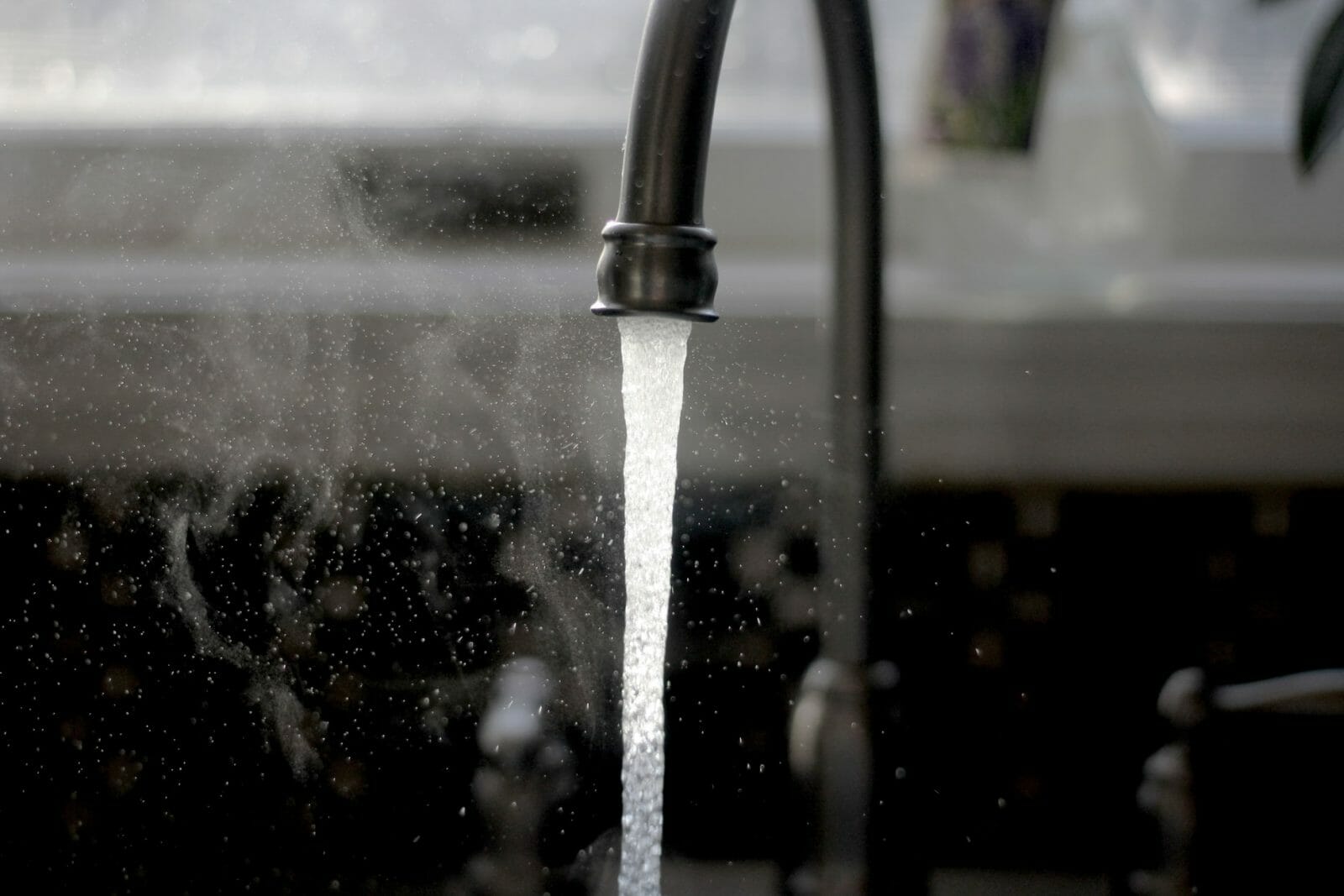Author: Jennifer DiPilato, PE | July 17, 2021
The process for addressing vapor intrusion (VI) continues to evolve and recently updated guidance in New York State could have potentially significant impacts to various stakeholders.
Just over 10 years ago, the New York State Department of Health (NYSDOH) issued the Guidance for Evaluating Soil Vapor Intrusion (available here), which is used throughout New York to investigate and mitigate sites for vapor intrusion. (Image source: USEPA)
Based on reviews of toxicity data, risk assessments, and soil VI data collected in New York over the past decade, the NYSDOH issued an update to their Soil Vapor/Indoor Air Decision Matrices (available here) in May 2017. These Decision Matrices are used to compare indoor air concentrations of select chlorinated volatile organic compounds (CVOCs) to sub-slab vapor concentrations to determine the NYSDOH’s recommended action with regards to VI mitigation. The range of concentrations in each Decision Matrix is based on a number of factors such as human health risk, background concentrations in air, attenuation factors, and the NYSDOH guidelines for volatile chemicals in air.
In general, the updates have resulted in more comprehensive and stringent recommendations. The CVOC methylene chloride was added as a parameter to be used for evaluating VI and a new Decision Matrix was developed for vinyl chloride alone.
A comparison of the former and current matrices indicates the limits of sub-slab vapor and indoor air concentrations have become more restrictive and lower concentrations of CVOCs are now resulting in mitigation as the recommended action. For example, the upper limit of sub-slab vapor concentrations in which mitigation is recommended regardless of indoor air concentrations was greatly reduced for TCE, carbon tetrachloride, cis-1,2-DCE, 1,1-DCE, and vinyl chloride. The following table summarizes these new guidelines (concentrations are in micrograms per cubic meter (µg/m3):
In addition, notes to each matrix now stipulate lower reporting limits and that mitigation might be recommended when the results of multiple contaminants indicate monitoring is recommended.
TRC will continue to track state and federal guidance, as well as policy and statutes to keep our clients abreast of important changes as the approach to VI investigation and mitigation evolves.
Related Services
Sharing Our Perspectives
Our practitioners share their insights and perspectives on the trends and challenges shaping the market.

TDU Webinar- Bioventing Residual LNAPL Plumes
August 27, 2024
TRC’s expert discusses the basics of hydrocarbon bioventing and bioventing system and well design. Two case studies are also provided to demonstrate examples of bioventing source remediation and the installation of a bioventing system at a refinery and a bulk fuel farm.

Microplastics ITRC Guidance Document and Training Available Soon!
February 23, 2023
Microplastic particles have been found in nearly every corner of the globe, but health effects and toxicity are only beginning to be understood. Because of their ubiquitous nature, microplastics present a challenge in both accurate sampling and source attribution. Microplastics are emerging as an environmental issue that regulators and industry will be increasingly focusing on in the coming years.

Odor Evaluation Services
February 23, 2023
TRC is nationally recognized as an expert in the field of odor measurement, identification, modeling and control engineering. This presentation includes an overview of odor properties, odor evaluation, modeling and odor thresholds and outlines the four sensory properties: detectability, intensity, character and hedonic tone.

EPA Announces $2 Billion in Funding to Address Emerging Contaminants in Drinking Water
February 14, 2023
Environmental Protection Agency Administrator Michael Regan announced $2 Billion in infrastructure funding to help the nation’s rural water supplies.

Metals 101
February 8, 2023
Metals are naturally occurring elements in the Earth’s crust that enter the environment through natural processes. They can be found in groundwater, soil and sediment. The trophic transfer of these elements in aquatic and terrestrial food chains has important implications for wildlife and human health.

Biotic and Abiotic Reduction to Achieve Groundwater Compliance at CCR Sites
November 22, 2022
TRC conducted two case studies to test different EA strategies. In both studies, chemical and biological reduction to stabilize metals at former CCR sites were evaluated.

Implementing bioremediation at environmental cleanup sites: TRC experts weigh in at leading industry conference
May 17, 2021
TRC experts make several presentations at the Battelle conference about innovative approaches they have developed for implementing and monitoring bioremediation and the use of naturally-occurring or deliberately-introduced micro-organisms to break down environmental pollutants.

Iron sulfide: The “miracle mineral” in environmental remediation
April 26, 2021
Whether it’s treating an arsenic spill at a railroad site in Wisconsin or releases of chromium and other metals or metal-cleaning solvents at manufacturing sites in California, New Jersey, and South Carolina, a mineral marrying iron and sulfur -iron sulfide- is emerging as a powerful and versatile tool in the environmental remediation toolbox.

TRC Awarded a Yahara WINS Grant
August 28, 2020
TRC was recently awarded a Yahara WINS grant to develop a pilot scale simple aeration method for removing phosphorous from the discharge of manure digesters. The grant application was developed and submitted by: Bob Stanforth, Alyssa Sellwood, Mike Ursin, Ted O’Connell, Ken Quinn, and John Rice, who are members of multiple TRC CORE teams.

Ecological Risk of PFAS from AFFF-Impacted Sites
June 30, 2020
The facts on evaluating exposure to wildlife

Jennifer DiPilato
Jennifer DiPilato, a New York State-licensed professional engineer, serves as remedial design manager for TRC’s New York City Office and has an over 18-year record of providing high-quality consulting services to a broad range of government agencies and private clients in New York and New Jersey. She has many years of extensive experience designing and providing technical expertise for vapor mitigation projects.



